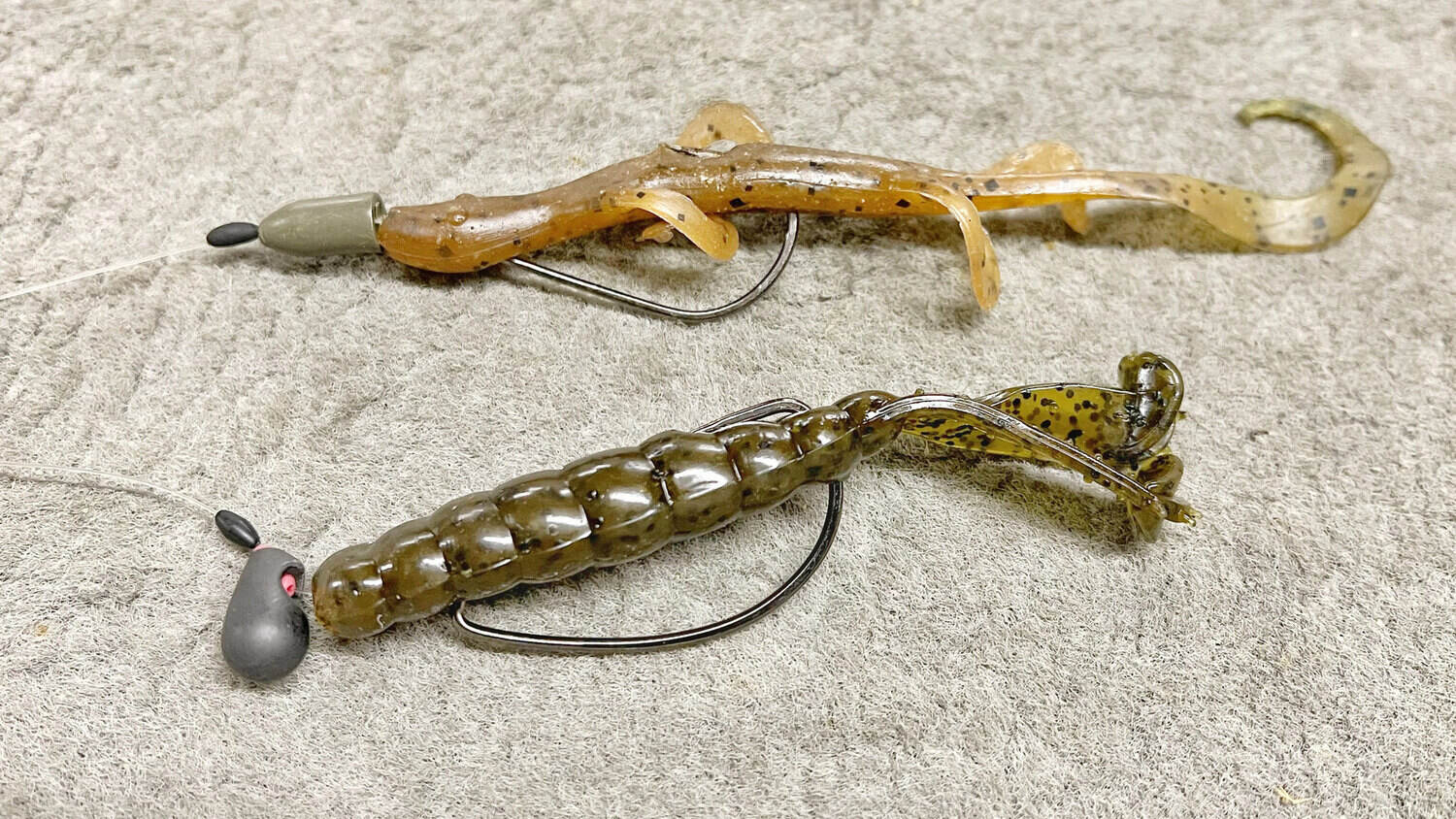

Articles
How To Store Fishing Rigs
Modified: February 22, 2024
Learn how to store fishing rigs with our informative articles. Discover expert tips and tricks to keep your fishing gear organized and ready for your next adventure.
(Many of the links in this article redirect to a specific reviewed product. Your purchase of these products through affiliate links helps to generate commission for Storables.com, at no extra cost. Learn more)
Introduction
Fishing is not just a hobby; it’s a way of life for many avid anglers. Whether you’re into freshwater fishing, saltwater fishing, or fly fishing, one thing is certain: having well-organized and properly stored fishing rigs is essential. Storing your fishing rigs in the right way not only helps prolong their lifespan but also saves you time and effort when you’re ready to hit the water.
In this article, we’ll explore the importance of properly storing fishing rigs and provide you with some practical tips and techniques to ensure your rigs are in top shape when you need them. So, grab your favorite beverage, sit back, and let’s dive into the world of fishing rig storage.
Key Takeaways:
- Properly storing fishing rigs is crucial for preserving their quality, saving time, ensuring safety, and saving money in the long run. Choose the right storage container, organize rigs by type, and maintain your organization system for optimal condition.
- Whether using tackle boxes, fishing rod bags, or plastic bags, proper storage of fishing rigs enhances the fishing experience by streamlining trips, extending rig lifespan, and providing easy access to well-maintained gear. Invest in the right storage solutions and enjoy hassle-free fishing.
Read more: How To Store Fish While Fishing
Importance of Properly Storing Fishing Rigs
Properly storing your fishing rigs is crucial for several reasons. First and foremost, it helps to preserve the quality and performance of your rigs. Exposure to elements such as moisture, sunlight, and extreme temperatures can cause damage to your fishing lines, hooks, and other components, making them less effective or even unusable. By storing your rigs correctly, you can prolong their lifespan and ensure they are in optimal condition when you’re ready to fish.
In addition to preserving the quality of your fishing rigs, proper storage also saves you time and frustration. Imagine spending valuable time untangling a bundle of tangled lines or searching through a cluttered tackle box for the right rig. By organizing and storing your fishing rigs in a systematic manner, you can easily locate and access the rigs you need, saving you precious time and enabling you to spend more time actually fishing.
Another important aspect of proper storage is safety. Fishing rigs often include sharp hooks and other potentially hazardous components. By storing them securely and out of reach of children or pets, you can prevent accidents and ensure everyone’s safety.
Lastly, well-maintained fishing rigs can save you money in the long run. When your rigs are properly stored and well-maintained, you can avoid unnecessary wear and tear, reduce the risk of losing expensive lures or hooks, and minimize the need for frequent replacements. This means you can spend your hard-earned money on other fishing gear or outdoor adventures.
Now that we understand the importance of properly storing fishing rigs, let’s explore the different types of rigs commonly used in fishing.
Types of Fishing Rigs
There are various types of fishing rigs, each designed for specific fishing techniques and target species. Understanding the different types of rigs is essential for organizing and storing them effectively. Here are some commonly used fishing rigs:
- The Carolina Rig: This rig is ideal for bottom fishing and allows the bait to move naturally. It consists of a bullet weight, a swivel, a leader line, and a hook.
- The Texas Rig: Popular for bass fishing, the Texas rig is weedless and features a bullet-shaped weight and a hook embedded into a soft plastic bait.
- The Drop Shot Rig: This finesse rig is commonly used for fishing in deep water. It involves attaching a weight at the end of the line, with the hook tied above it, suspending the bait above the bottom.
- The Jig Rig: Jig rigs consist of a lead head jig and a soft plastic bait. They are versatile and can be used for various species, making them a staple in many anglers’ tackle boxes.
- The Float Rig: Float rigs, also known as bobber rigs, are used for suspending bait at a certain depth. They typically consist of a bobber, a leader line, and a hook.
- The Fly Fishing Rig: Fly fishing rigs include a fly rod, fly line, and a fly reel. They are specifically designed for fly fishing, which involves casting lightweight artificial flies to mimic insects or baitfish.
These are just a few examples of fishing rigs, and there are many variations and adaptations depending on the fishing style and target species. Now that we have covered the different types of rigs, let’s move on to preparing your fishing rigs for storage.
Preparing Fishing Rigs for Storage
Before storing your fishing rigs, it’s important to properly prepare them to ensure they remain in good condition during their time in storage. Here are some steps to follow when preparing your fishing rigs:
- Clean and dry your rigs: Start by cleaning your fishing rigs thoroughly. Rinse them with fresh water to remove any salt, dirt, or debris. Then, allow them to dry completely before storing them. Moisture can lead to mold, mildew, and corrosion, so ensuring your rigs are dry is crucial.
- Inspect for damage: Take a close look at each rig and inspect for any signs of damage. Check for frayed lines, bent hooks, or any other issues that may affect their performance. If you spot any damage, make the necessary repairs or replacements before storing them.
- Remove hooks and lures: To prevent any accidental injuries or entanglements, remove the hooks and lures from your rigs. Place them in a separate container or tackle box, making sure to keep them organized and easily accessible.
- Untangle and straighten: Gently untangle any tangled lines and straighten any twisted components. Spending a few minutes to organize your rigs now will save you time and frustration when you’re ready to fish.
- Apply lubrication: Applying a thin layer of lubricant or reel oil to the moving parts of your reels can help prevent rust and ensure smooth operation. Additionally, consider coating your hooks with a rust inhibitor to protect them from corrosion.
By following these steps, you can ensure that your fishing rigs are clean, dry, and in optimal condition for storage. Now, let’s delve into the different storage options available and how to choose the right container for your fishing rigs.
Choosing the Right Storage Container
When it comes to storing your fishing rigs, selecting the right storage container is essential. The container you choose should provide protection from moisture, sunlight, and other external factors that could potentially damage your rigs. Here are a few options to consider:
- Tackle Boxes: Tackle boxes are a popular choice for storing fishing rigs. They come in various sizes and configurations, with compartments and trays to keep your rigs organized. Look for tackle boxes that are made from durable materials and have a secure latching system to prevent accidental spills and keep your rigs safe.
- Fishing Rod Bags: If you have multiple fishing rods with rigs attached, a fishing rod bag can be a convenient storage solution. These bags typically have individual compartments or sleeves to protect each rod and its attached rig. Look for rod bags with padding or reinforced dividers to prevent any damage to your rods and keep them organized.
- Plastic Bags: For anglers on a budget or those who prefer a more minimalist approach, storing rigs in plastic bags is a simple and cost-effective option. Make sure to use sturdy, resealable bags to keep your rigs protected from moisture and tangles. Consider labeling the bags or using color-coded bags to easily identify different rigs.
- Tackle Binders: Tackle binders, also known as rig binders, are designed specifically for storing pre-tied rigs. They have clear plastic sleeves or pockets where you can store your rigs, keeping them tangle-free and easily accessible. Tackle binders are a great option for anglers who prefer pre-rigging their setups for quick and convenient use on the water.
Consider your specific needs and preferences when selecting a storage container for your fishing rigs. Ensure that the container provides adequate protection, is easy to access and transport, and suits your fishing style and rig collection. With the right storage container in hand, let’s move on to organizing your fishing rigs for easy retrieval.
To store fishing rigs, use a rig organizer or a simple foam board with pre-cut slits to keep rigs tangle-free and organized. This will help you save time and frustration when you’re out on the water.
Read more: How To Store Cooked Fish
Organizing Fishing Rigs
Proper organization is key to efficient fishing rig storage. Having a well-organized system not only helps you locate the right rig quickly but also minimizes the risk of damage and tangles. Here are some tips to organize your fishing rigs:
- Categorize by type: Start by categorizing your rigs based on their type or fishing technique. For example, you can group all Carolina rigs together, all Texas rigs together, and so on. This will make it easier to find the specific rig you need for each fishing situation.
- Use dividers or trays: If you’re using a tackle box or storage container with compartments, make use of dividers or trays to separate and organize your rigs. This helps prevent tangling and keeps everything neatly arranged.
- Label or color-code: If you prefer using plastic bags or tackle binders, consider labeling them or using color-coded bags to identify different rigs at a glance. This saves time and avoids confusion when you’re searching for a particular setup.
- Create a system: Develop a system that works for you. Whether it’s arranging rigs by size, color, or target species, find a method that makes sense to you and allows for easy retrieval. Consistency is key in maintaining an organized storage system.
- Utilize tackle management tools: There are various tackle management tools available in the market, such as rig holders, rig wraps, or rig tubes. These tools help keep your rigs organized, prevent tangling, and protect them from damage.
Remember, the goal of organizing your fishing rigs is to make your fishing experience more enjoyable and hassle-free. Take the time to establish a system that suits your needs and preferences and always maintain your organization to ensure your rigs remain in top condition.
Now that we’ve covered the basics of organizing your fishing rigs, let’s explore the different storage options available, starting with tackle boxes.
Storing Fishing Rigs in Tackle Boxes
Tackle boxes are a popular choice for storing fishing rigs due to their compartments and organizational features. Here are some tips for effectively storing your fishing rigs in tackle boxes:
- Select the right tackle box: Choose a tackle box that suits your needs and the size of your rig collection. Look for a box with multiple compartments and adjustable dividers, allowing you to customize the storage space according to the size and type of your rigs.
- Group rigs by type: Categorize your rigs by type and dedicate specific compartments or sections in the tackle box to each type. This makes it easier to find the rig you need when you’re out on the water.
- Utilize rig holders: Some tackle boxes come with built-in rig holders or rig wraps. These holders are designed to keep your rigs organized and tangle-free while providing easy access. Take advantage of these holders to prevent your rigs from getting tangled or damaged.
- Secure hooks and lures: To prevent accidents and keep your hooks and lures organized, consider using small plastic containers or zippered pouches within the tackle box. This ensures that sharp hooks are safely stored and easily accessible when needed.
- Label or color-code compartments: Consider labeling or color-coding the compartments in your tackle box to easily identify specific rigs or fishing techniques. This saves time and avoids confusion when selecting the right rig for the job.
- Maintain proper spacing: To avoid tangling or damage, make sure there is sufficient spacing between each rig. If necessary, use foam or soft material to provide cushioning and separation.
By following these tips, you can effectively store your fishing rigs in tackle boxes, keeping them organized, protected, and easily accessible. Now, let’s explore another storage option specifically designed for fishing rods: fishing rod bags.
Storing Fishing Rigs in Fishing Rod Bags
Fishing rod bags are an excellent storage solution for anglers who want to keep their fishing rods and rigs organized and protected. Here’s how you can store your fishing rigs in fishing rod bags:
- Choose the right fishing rod bag: Select a fishing rod bag that fits the length and number of fishing rods you plan to store. Look for a bag with individual compartments or sleeves to keep each rod separate and prevent tangles.
- Detach the rigs from the rods: Before storing your fishing rods in the bag, detach the rigs from the rods. This will ensure that the rigs stay organized and untangled during storage.
- Organize rigs by type: Categorize your rigs by type and group them together in separate compartments or pockets within the fishing rod bag. This allows for easy access and prevents tangles and damage.
- Label or color-code compartments: To quickly identify the type of rig stored in each compartment, consider labeling or color-coding them. This will make it easier to find the specific rig you need when you’re out fishing.
- Protect hooks and lures: Use separate containers or pouches to store your hooks and lures within the fishing rod bag. This will keep them organized and prevent any accidental injuries or damage.
- Safely secure the fishing rod bag: Ensure that the fishing rod bag is securely closed or fastened to prevent the rods from shifting or falling out. This is especially important when transporting the bag from one location to another.
Fishing rod bags provide a convenient and organized way to store your fishing rods and rigs, keeping them protected and ready for your next fishing adventure. Whether you’re storing multiple rods or just a few, a fishing rod bag can help you maintain order and ensure that your rigs stay in optimal condition.
Now that we’ve covered storing fishing rigs in tackle boxes and fishing rod bags, let’s explore another simple and cost-effective storage option: plastic bags.
Storing Fishing Rigs in Plastic Bags
If you’re looking for a simple and affordable storage solution for your fishing rigs, storing them in plastic bags can be an effective option. Here’s how you can store your fishing rigs in plastic bags:
- Choose sturdy resealable bags: Opt for durable, resealable plastic bags that can withstand the rigors of storage. Look for bags with a thickness that provides sufficient protection against moisture and tangles.
- Organize rigs by type: Categorize your rigs by type or fishing technique. Place each type of rig in its own individual plastic bag. This will help you easily identify and retrieve the specific rig you need when you’re ready to fish.
- Label or color-code the bags: To avoid confusion, consider labeling or color-coding the bags to indicate the type of rigs stored inside. This will save you time and effort when searching for a specific setup.
- Protect hooks and lures: To prevent hooks from snagging or tangling with other rigs, place each hook or lure in a separate small plastic bag or use compartments within the larger plastic bag. This will help keep your hooks organized and avoid potential accidents.
- Minimize excess air: Squeeze out any excess air from the bags before sealing them. Removing excess air will help minimize the risk of moisture getting trapped inside and causing damage to your rigs.
- Store in a larger container: To keep your plastic bags organized and in one place, consider storing them in a larger container such as a plastic box, crate, or even a tackle bag. This will protect the bags from being torn and make it easier to transport.
Storing fishing rigs in plastic bags is a cost-effective and customizable option for anglers of all levels. While it may not offer as much protection as tackle boxes or fishing rod bags, using plastic bags can still keep your rigs organized, protected from tangles, and easily accessible.
Now that we’ve explored various storage options for fishing rigs, let’s summarize the importance of properly storing your fishing rigs and the benefits it brings.
Read more: How To Store Fish Oil
Conclusion
Properly storing your fishing rigs is essential for preserving their quality, saving time and frustration, ensuring safety, and ultimately saving money. By following the tips and techniques outlined in this article, you can effectively organize and store your fishing rigs, regardless of whether you choose tackle boxes, fishing rod bags, or plastic bags.
Remember to prepare your rigs for storage by cleaning, drying, inspecting, and untangling them. Choose the right storage container that suits your needs, whether it’s a tackle box with compartments, a fishing rod bag with individual sleeves, or simple resealable plastic bags. Organize your rigs by type, label or color-code them for easy identification, and protect your hooks and lures to prevent accidents.
Maintain your organization system and regularly check your stored rigs for any signs of damage or wear. By doing so, you can ensure that your fishing rigs remain in optimal condition and are ready for action whenever you’re ready to hit the water.
Whether you’re a seasoned angler or just starting out, taking care of your fishing rigs through proper storage will enhance your fishing experience. Not only will it streamline your fishing trips but it will also extend the lifespan of your rigs, saving you time, effort, and money in the long run.
So, invest in the right storage solutions, organize your fishing rigs effectively, and enjoy the benefits of well-maintained and easily accessible gear. Happy fishing!
Frequently Asked Questions about How To Store Fishing Rigs
Was this page helpful?
At Storables.com, we guarantee accurate and reliable information. Our content, validated by Expert Board Contributors, is crafted following stringent Editorial Policies. We're committed to providing you with well-researched, expert-backed insights for all your informational needs.

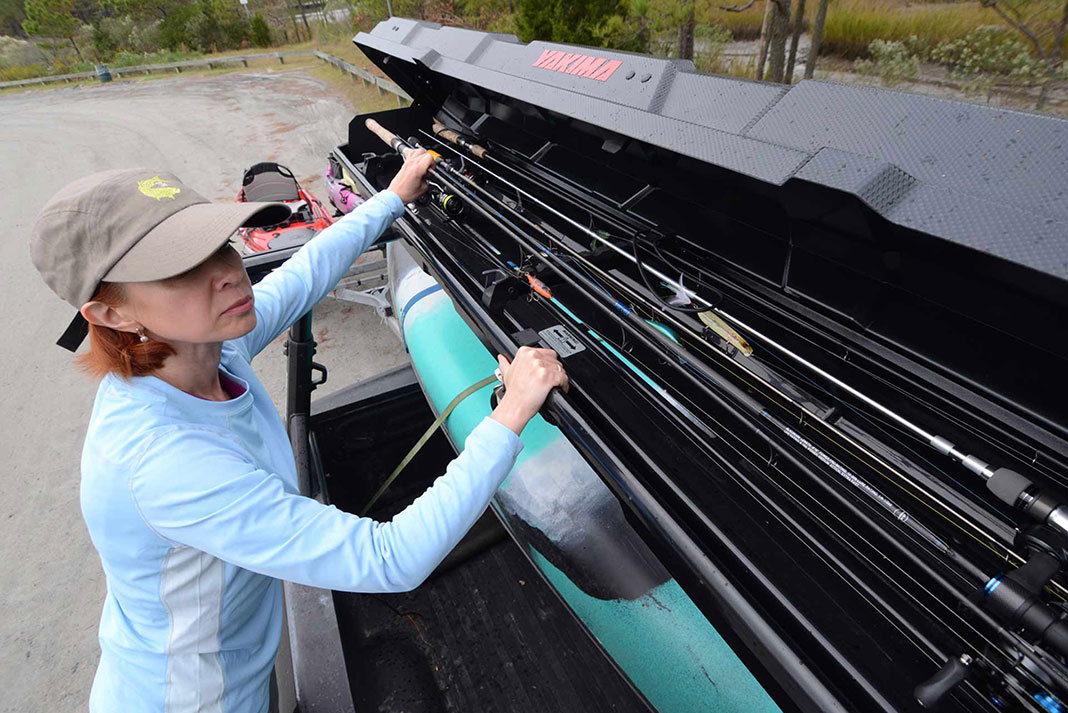

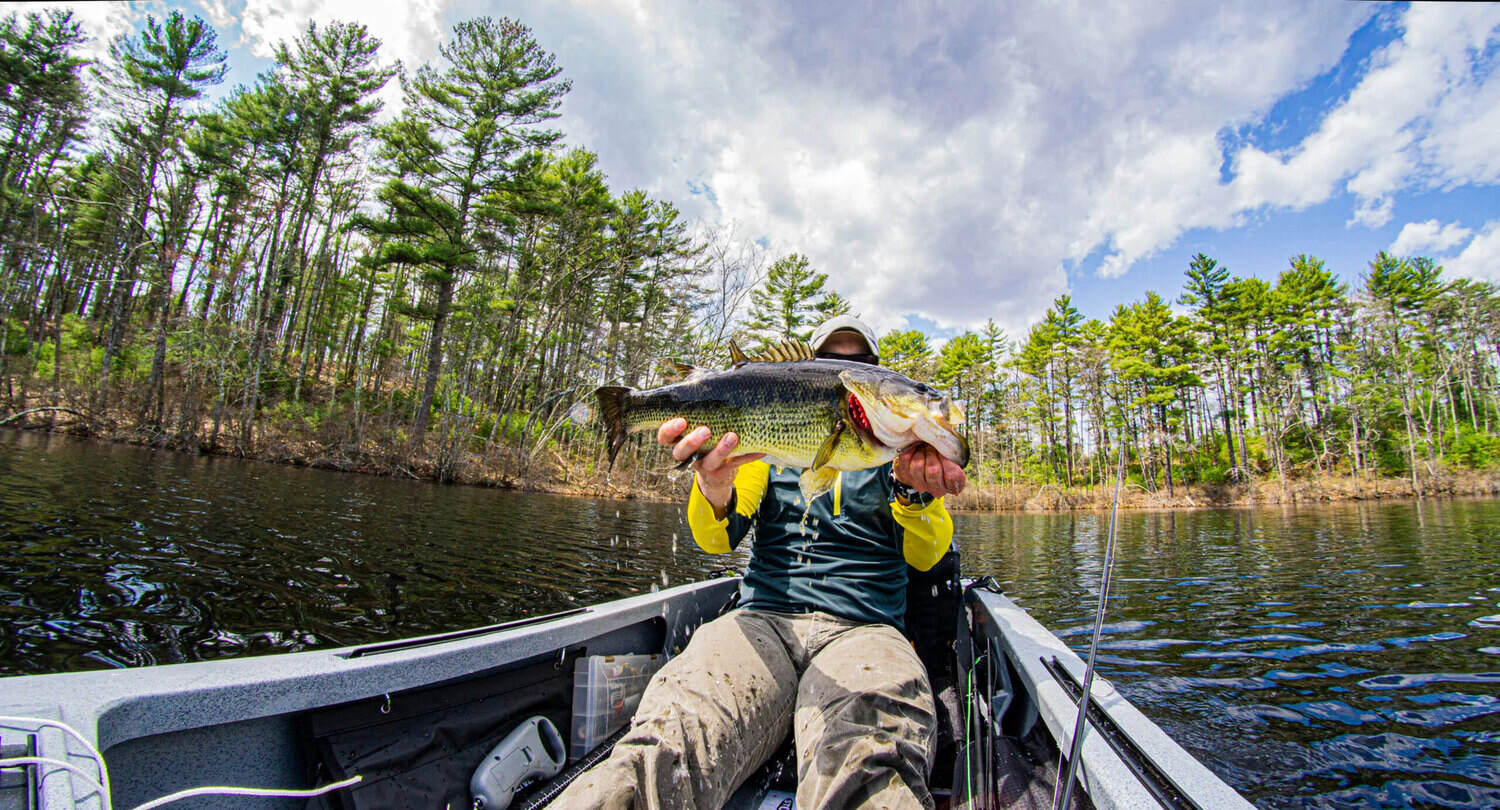


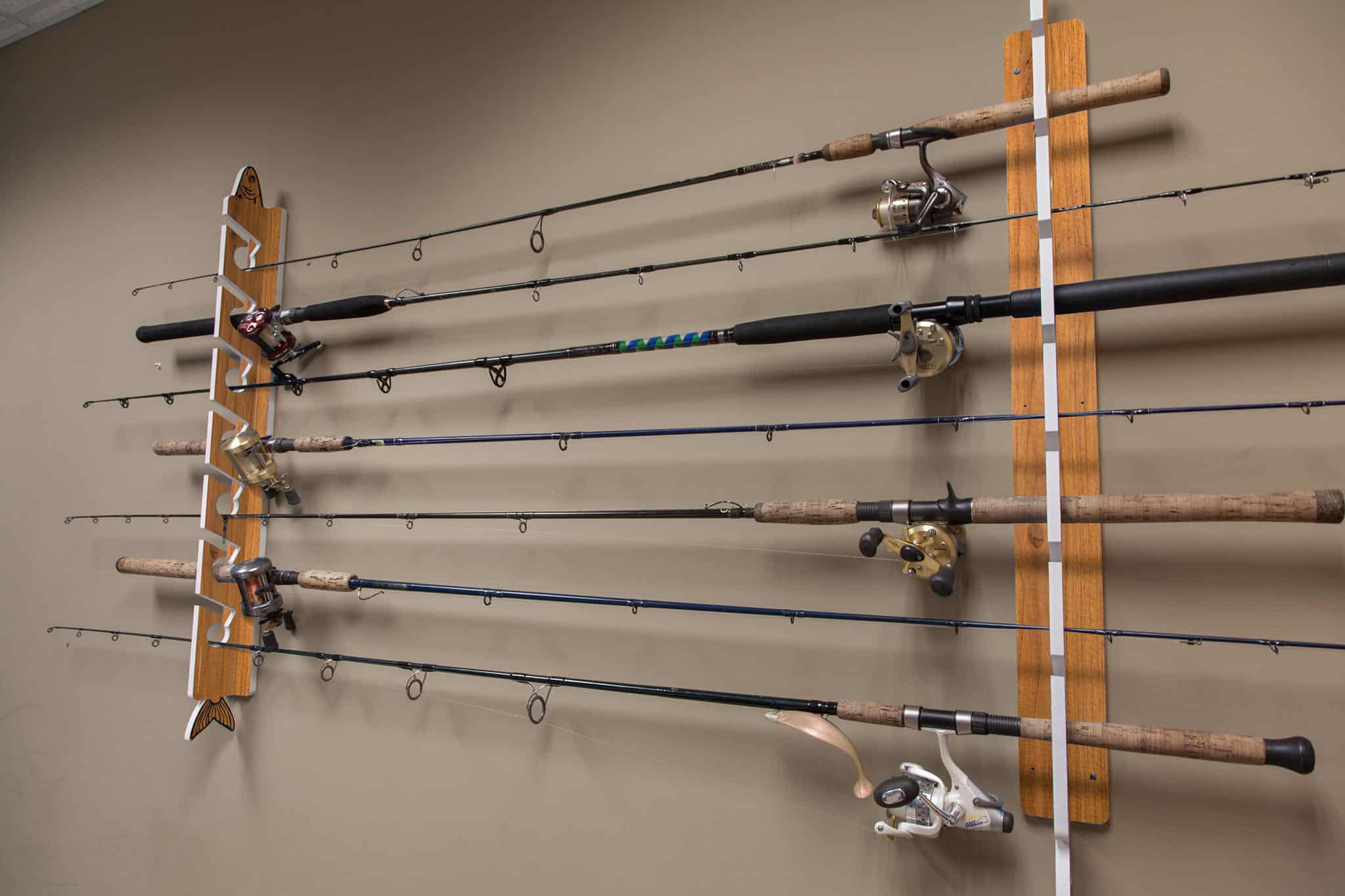
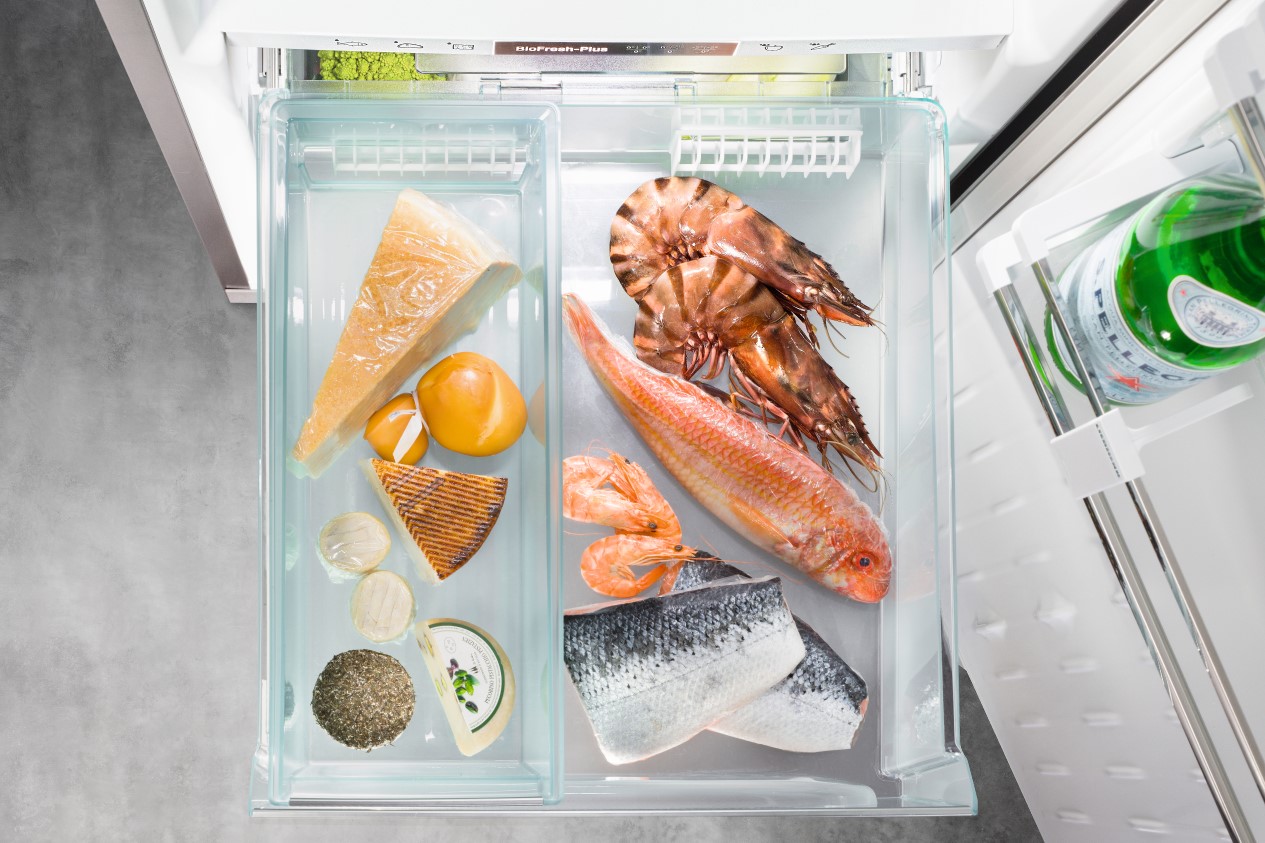


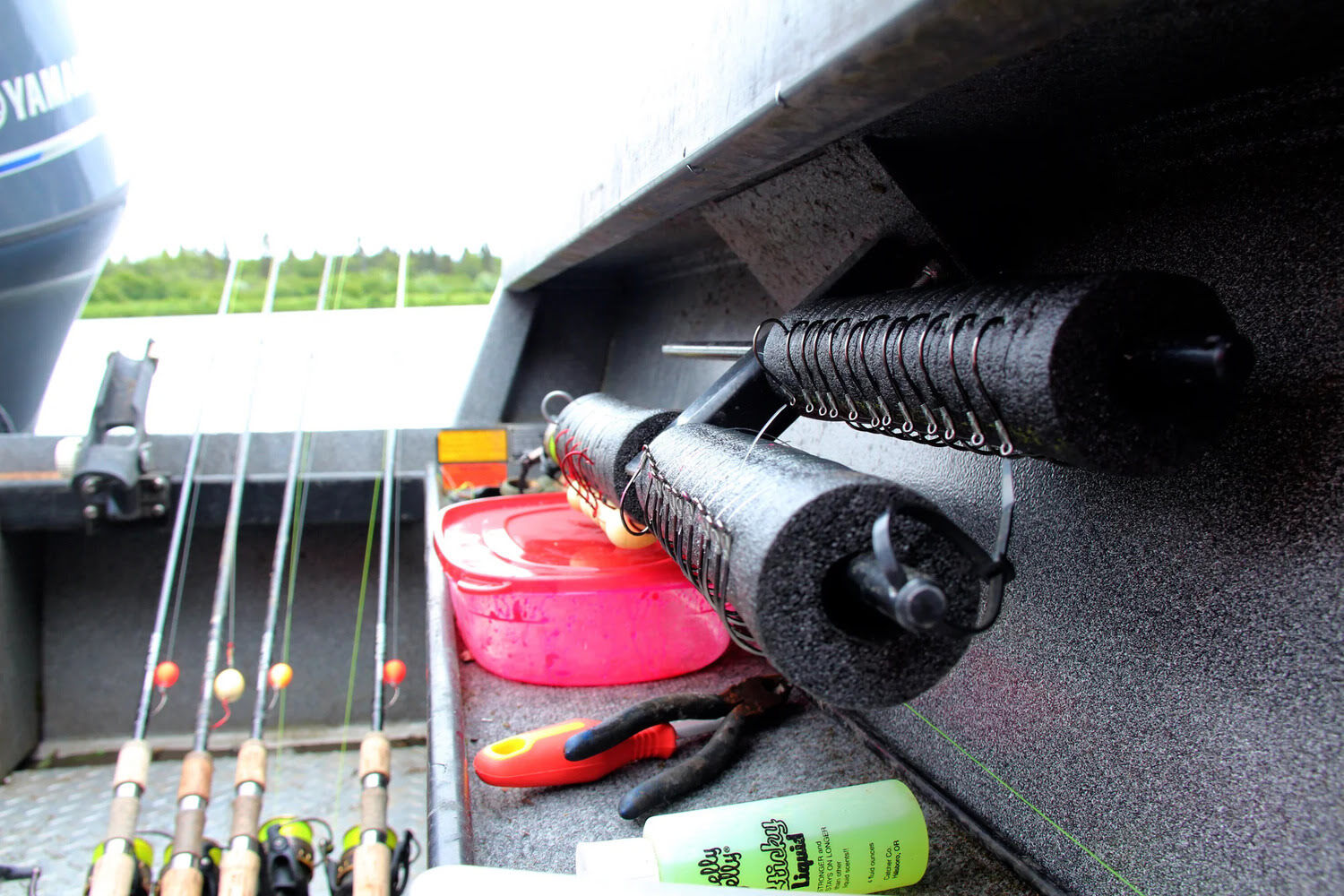
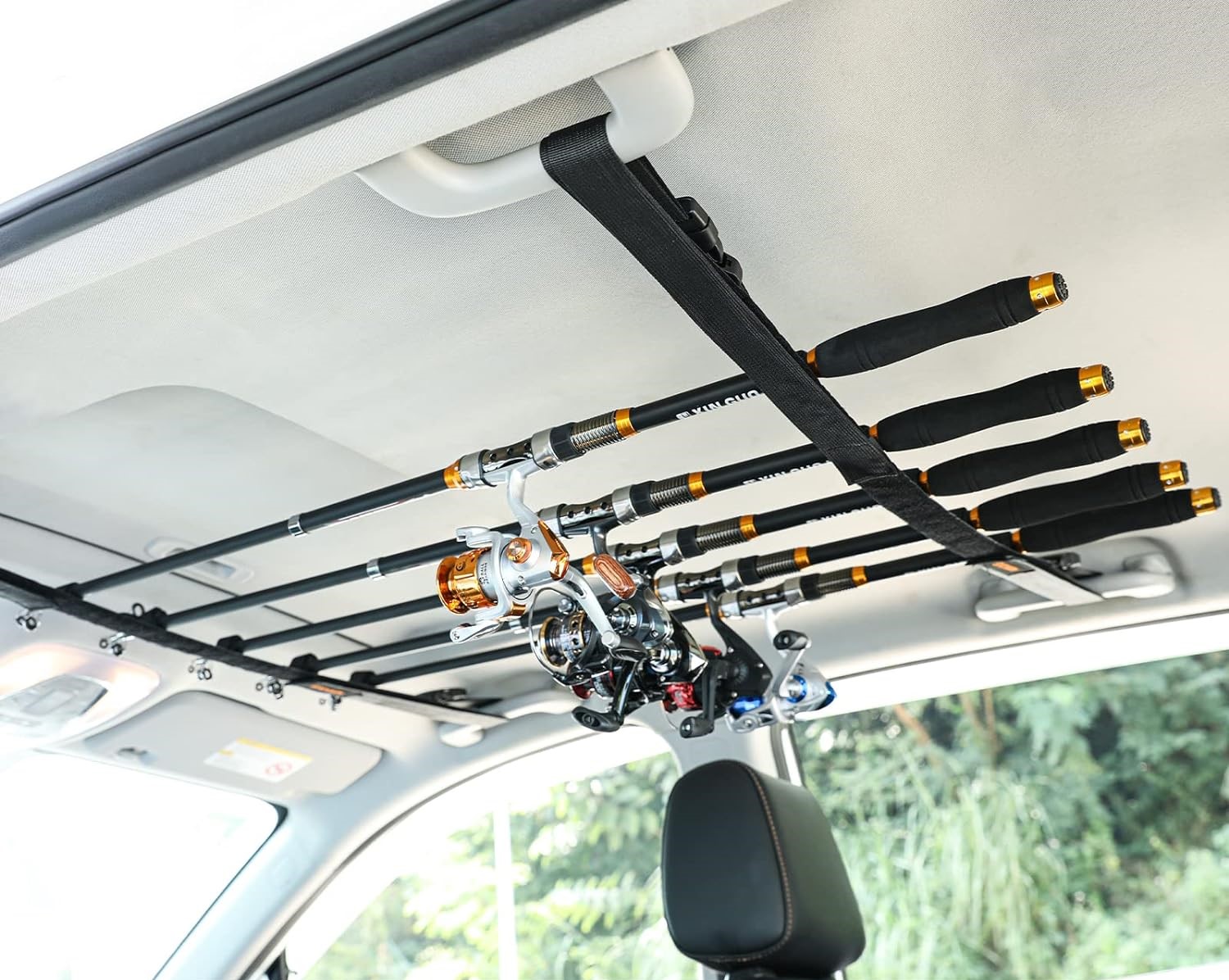


0 thoughts on “How To Store Fishing Rigs”